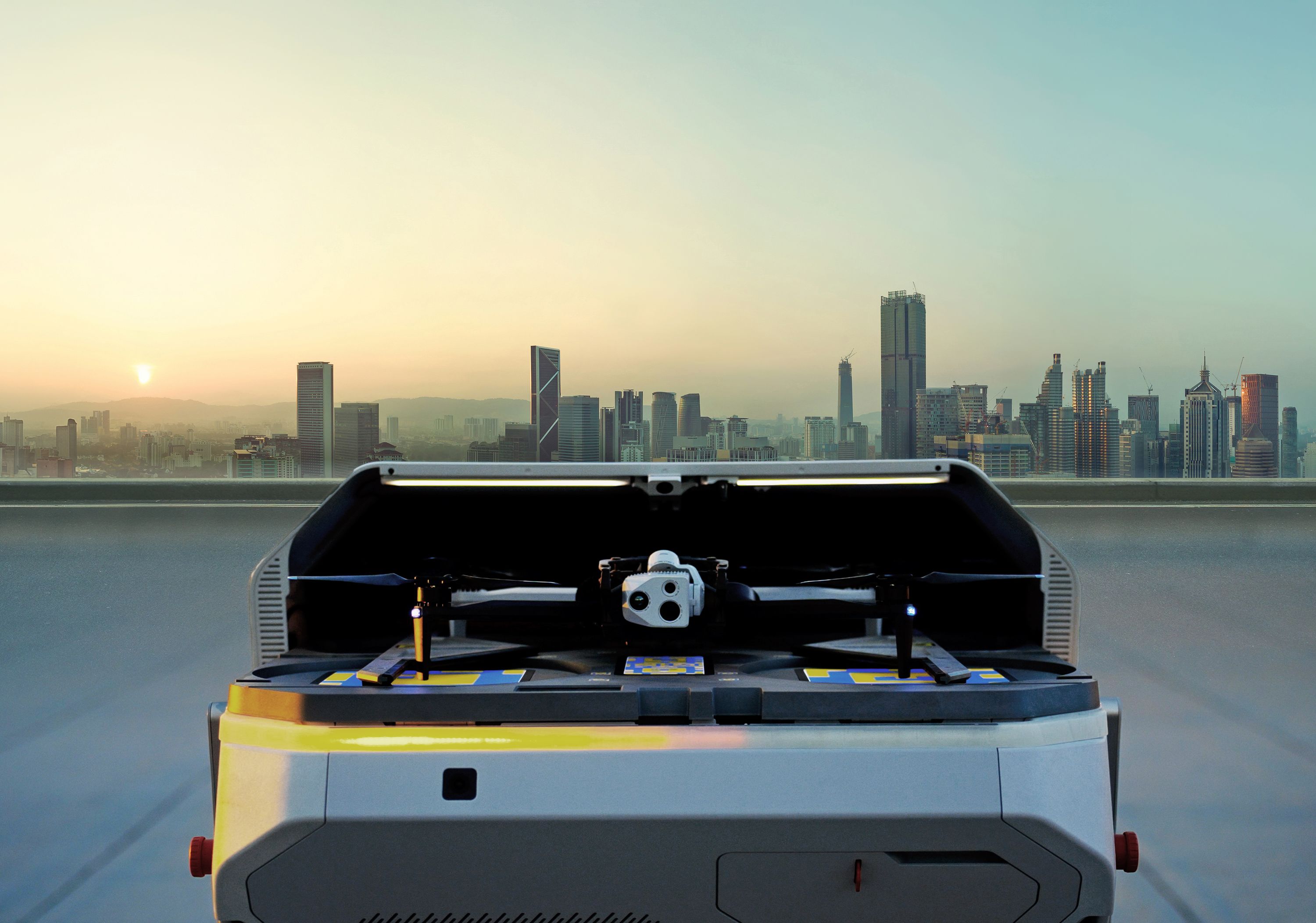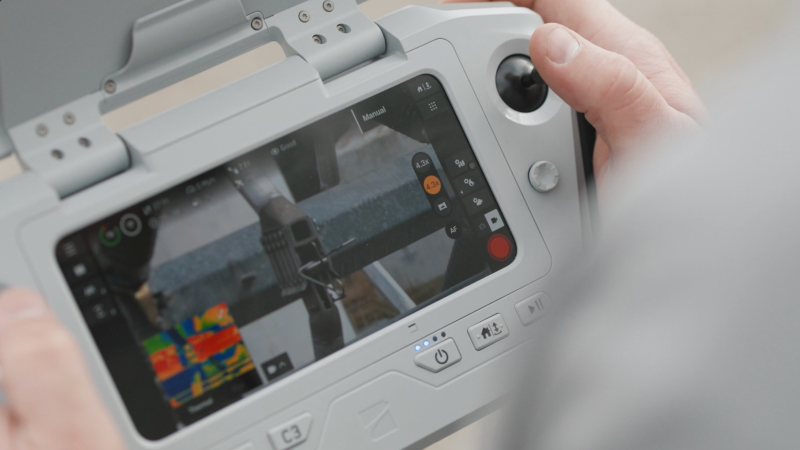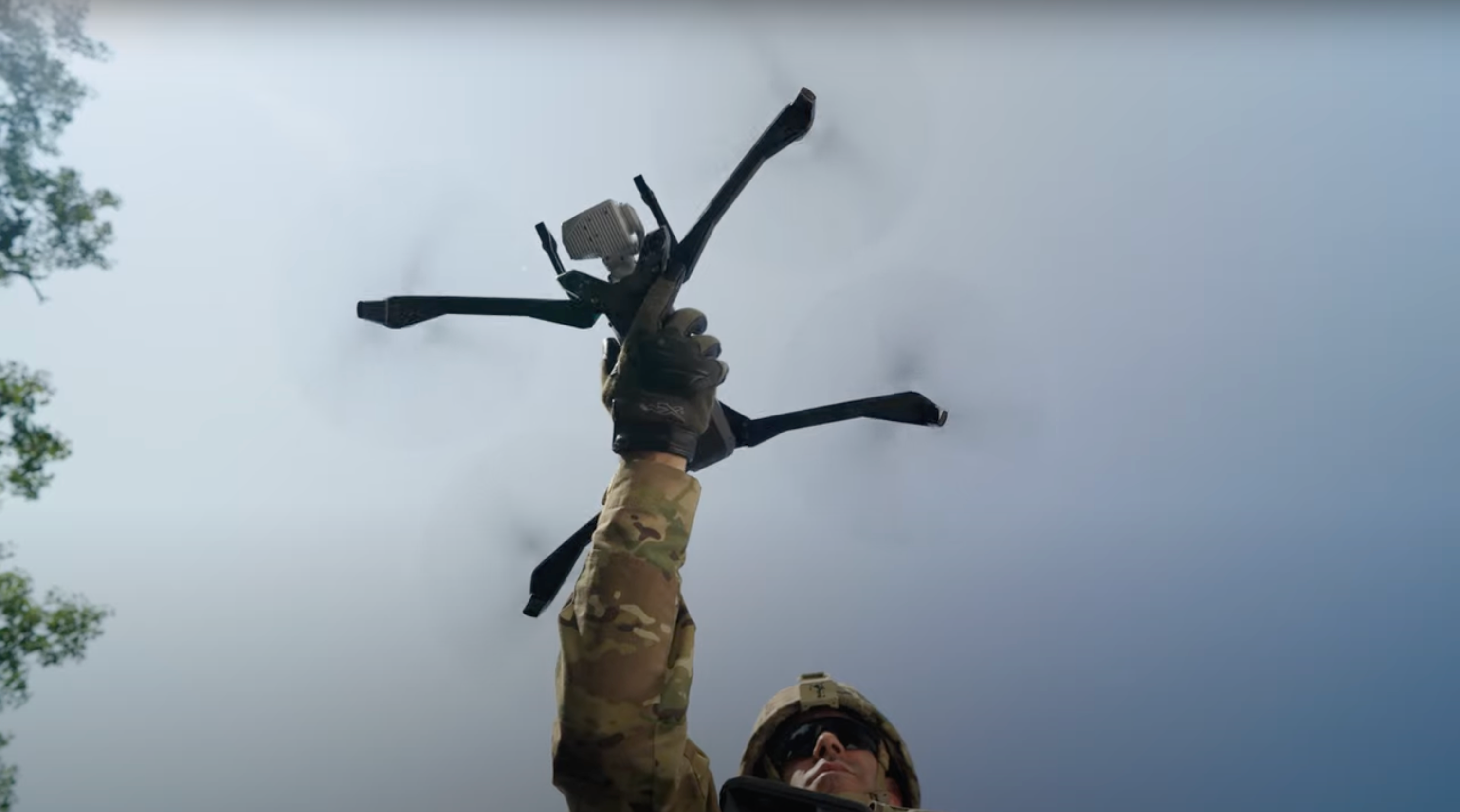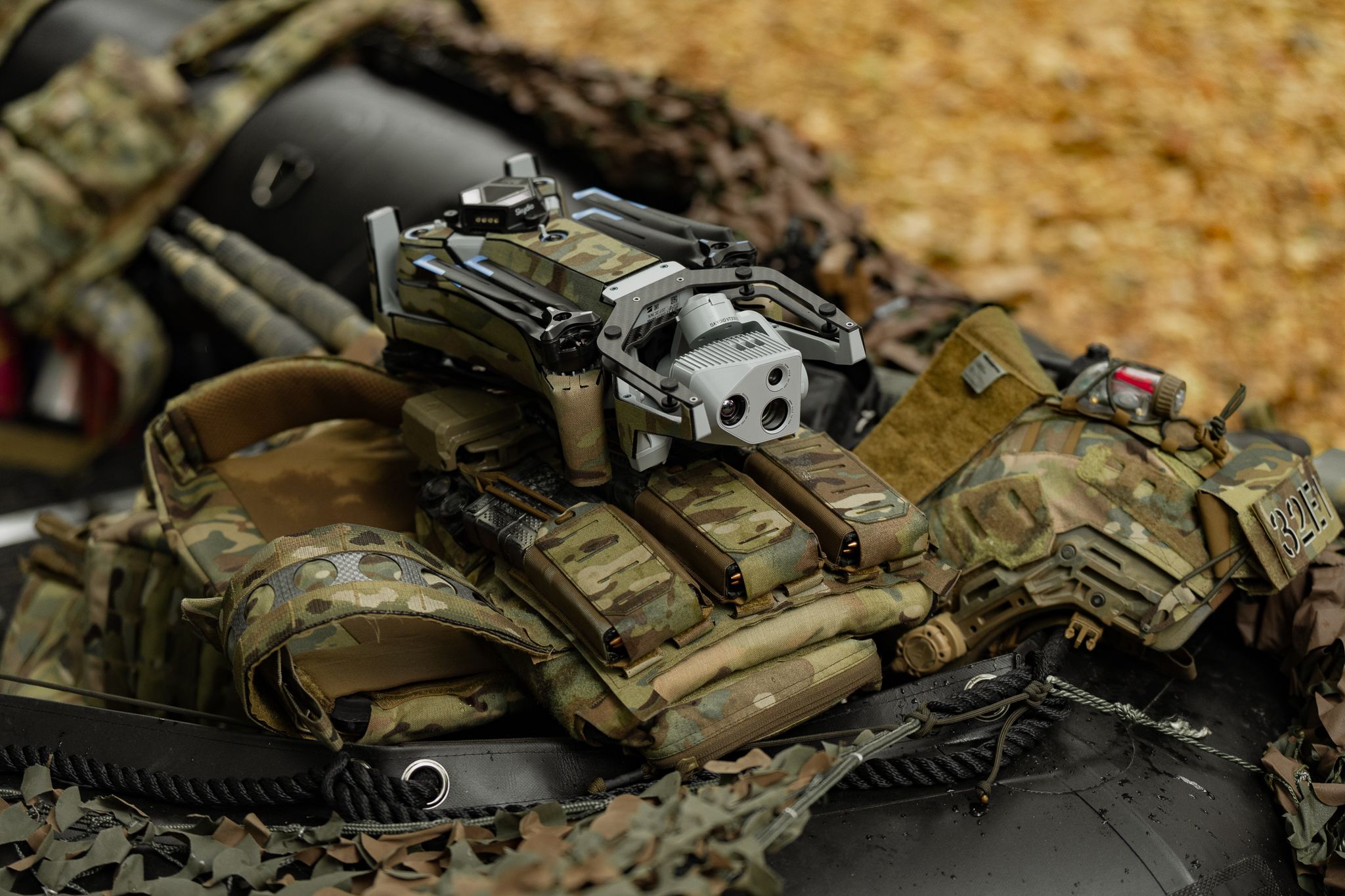The Replicator Program is right: The time for small, smart, survivable drone fleets is now

The Replicator Program is right: The time for small, smart, survivable drone fleets is now
Why I joined Skydio to lead their Global Government business – W. Mark Valentine
After over two-decades of strapping into an F-16 where I performed missions across the spectrum of suppression of enemy air defenses to close air support and counter-air to forward air control, I left the U.S. military. Since then, I’ve spent the last eight years working in the tech sector delivering advanced technologies from mixed reality to artificial intelligence (AI) to warfighters and analysts throughout the national security community. Recently, I joined the team at Skydio, and I couldn’t be more excited because while drones matter, smart drones matter more. And Skydio’s vision and ability to execute put us in the position to fundamentally change the paradigm of human-machine teaming.
Drones Matter
While it is somewhat humbling for those of us who used to accompany our aircraft on combat missions, drones – especially small quadcopter small uncrewed aircraft systems (sUAS) – are increasingly making an enormous difference. As we’ve seen in the current Ukraine-Russia war, the Ukrainians have used sUAS to perform tactical intelligence, surveillance and reconnaissance (ISR) on the battlefield to help identify enemy formations, understand their scheme of maneuver and improve targeting accuracy. Additionally, they have used these systems to support everything from post-strike analysis to securing fixed sites and even documenting war crimes. In short, the Ukrainians have saved lives by putting small drones instead of people in dangerous places and they have reaped the intelligence benefits those flying sensors provide.
Against a peer competitor, mass matters. It implies the ability to get the right resources to the right place at the right time to achieve the desired effects. Achieving mass is essentially a function of manufacturing capacity. If we have learned nothing else from the Ukraine-Russia war, we should re-learn, at some level, all wars are ultimately wars of attrition. While the Ukrainians have done an admirable job building an “Army of Drones”, the enemy always gets a vote.[1] Based on some reports, Ukrainian forces are losing up to ten-thousand drones per month to Russian counter drone operations. By contrast, based on open-source information, it appears the US Military has fielded enough drones to last less than two-months at a similar rate of attrition.
To achieve the mass required to prosecute a conflict against a peer adversary, we can’t wait until the bullets (or ‘trons as it were) start flying to commence the buildup. As demonstrated by our support to the US Army Short Range Reconnaissance (SRR) program, the US Marine Corps Short Range/Short Endurance (SR/SE) program, and Special Operations Forces around the world, Skydio stands ready to meet the challenge. But even wholly domestic supply chains and manufacturing take time to build the quantities needed to deter and win. So, when the “balloon goes up”, we will essentially be limited to the stockpiles we have built and the manufacturing capacity we have at the time.
Smart Drones Matter More
Whenever one side benefits from a technology, the other side will always attempt to deny that advantage. Digging deeper into the counter drone operations mentioned above, the Russians have focused on robust electromagnetic warfare (EW) to prevent small drones from accessing satellite navigation signals and radio command and control links. Their goal is to prevent drones from getting to their desired area of operation and thwarting their ability to communicate with their operators even if they find themselves in the right area. In some cases, denial escalates to outright hi-jacking where the enemy captures a drone and mines it for data including what it has seen and where it has been which significantly increases the vulnerability of operators (especially those who don’t move).
Drones only matter when they can be used to accomplish the mission. Smart drones are the antidote to EW and AI and autonomy are integral parts of Skydio’s technology which answers this call.
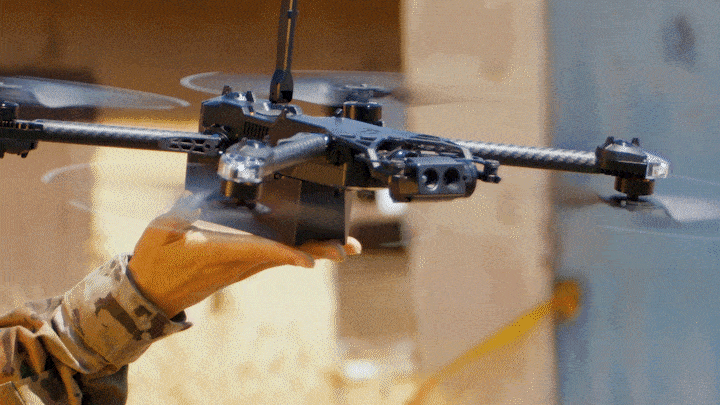
Specifically, Skydio drones – more accurately described as intelligent flying robots – are equipped with six navigation cameras, robust on-board compute and advanced computer vision models that empower obstacle avoidance and visual navigation when satellite navigation is degraded or denied. Skydio drones also include sophisticated AI and Computer Vision models that enable the drones to perform functions ranging from subject tracking to convoy support as well as 2- and 3-D mapping with minimal to no inputs from human pilots. In addition to reducing the cognitive load on operators, Skydio’s AI and autonomy technology significantly reduces the time (and therefore costs) of training human operators.
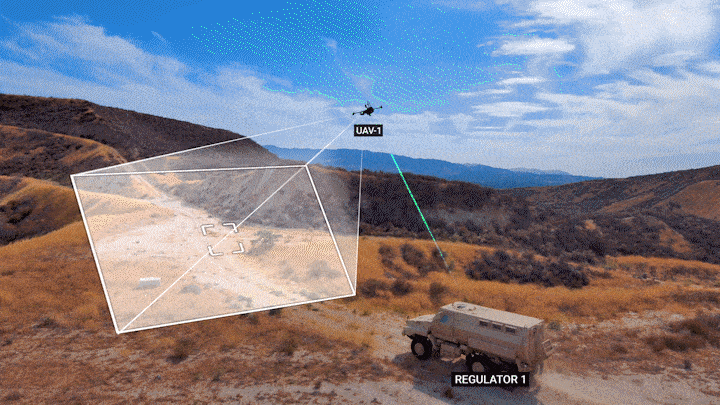
Dumb drones may be cheaper at the point of sale, but when viewed through the lens of survivability against the anticipated EW threat, the costs of building and maintaining highly trained operators, and alignment with emerging joint concepts it is clear today’s (and tomorrow’s) human-machine teams absolutely need smart systems. The concept of “affordable mass” has received a lot of attention as of late; smart drones are required for effective affordable mass.
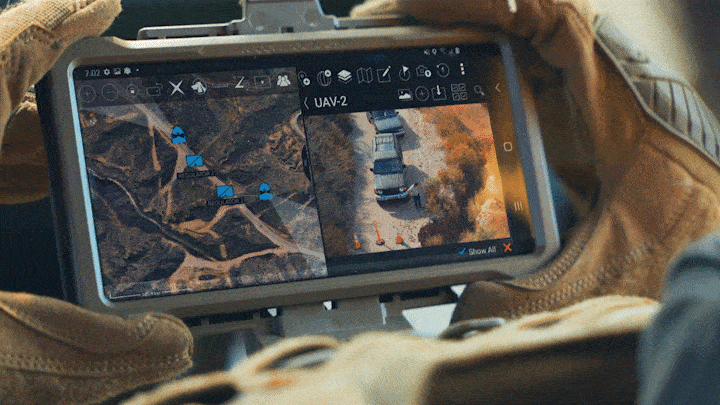
The feature/counter-feature competition described above is not static. Every new feature will almost certainly lead to a related counter-feature. Therefore, maintaining effective affordable mass implies the need for continuous rapid development. The best size, weight, cost and feature tradeoffs for ISR drones in this class are going to come from dual use drones that have civilian applications which drive economies of scale. Many of these civilian use cases, such as inspecting critical infrastructure and supporting law enforcement, are also critical for national security. In this way, Skydio drones impact national security across the spectrum.
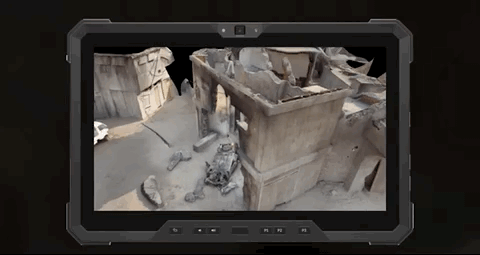
Vision
Speaking of tomorrow, what most excites me about Skydio is our vision to unlock previously impossible use cases and fundamentally change the way humans interact with drones. In many ways this vision represents a physical manifestation of digital transformation or what some call the fourth industrial revolution. Skydio’s vision includes the creation and proliferation of distributed, all-weather docks from which drones can charge, share data and operate either autonomously or via remote operation. In addition to increasing the endurance and persistence of drone fleets, this model makes drone operations a real possibility for users and use cases previously ignored by the industry.
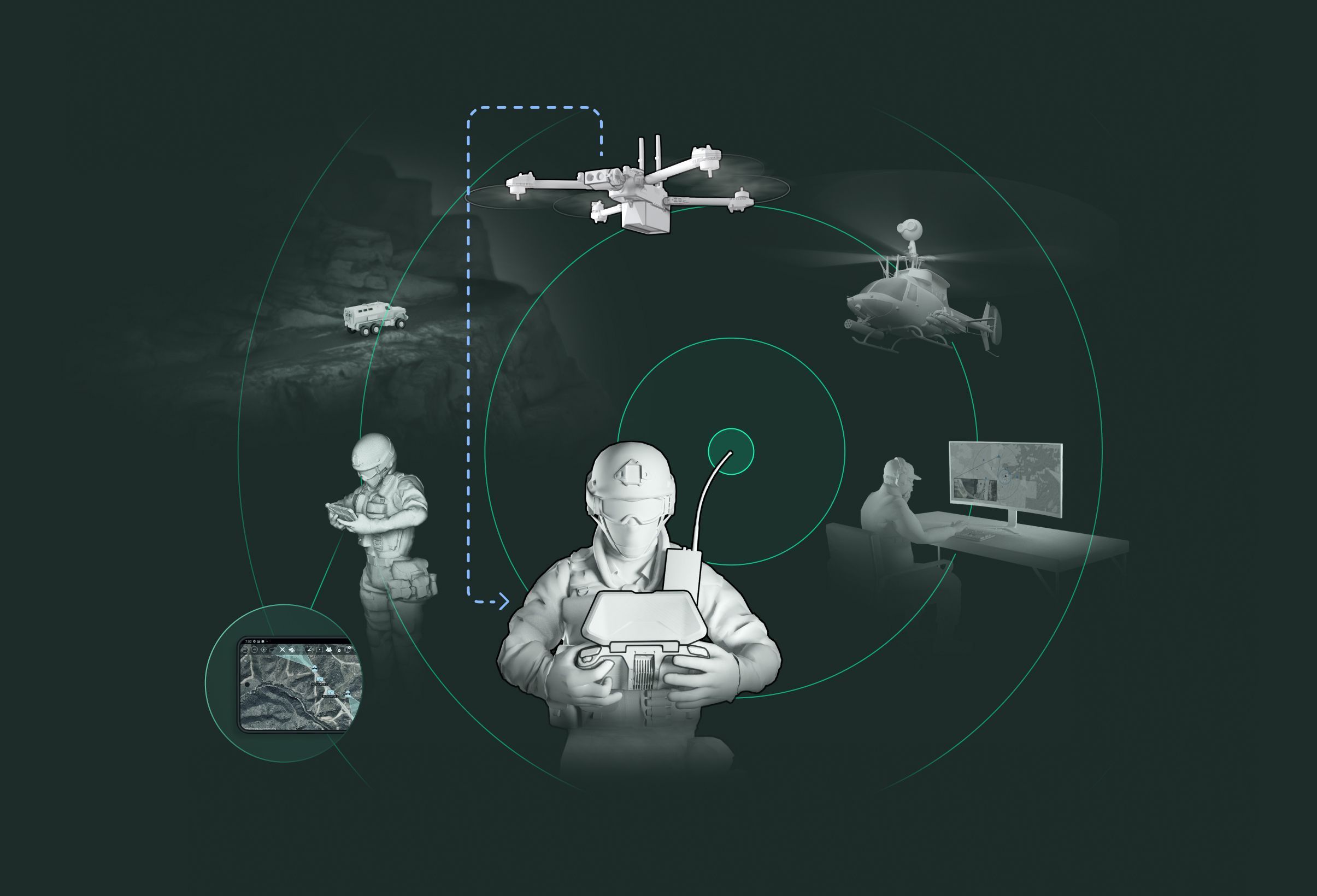
The current paradigm for controlling robotic systems, especially sUAS, is focused on communicating a set of mission parameters to a single pilot (or small group of pilots) and having that individual (or group) translate the intent into specific “stick and rudder” inputs to get a single machine where it needs to be and do what it needs to do. When envisioning a future battlefield with thousands (or perhaps orders of magnitude more) machines operating in multiple domains this paradigm will never scale. Even if we invested in training every military member to become an expert drone pilot or robot operator, who would be left to accomplish the rest of the mission?
Therefore, achieving effective affordable mass on this scale requires our future “mesh network” of small systems to break the 1:1 control model in favor of a 1:many schema.[2] In other words, the future battlefield requires a state where a single human can communicate and distribute their intent across multiple drones which can independently determine their role in achieving that intent. Skydio is leading the way in this environment with dedicated engineering teams focusing on (and demonstrating) true multi-agent human-machine teaming as part of DoD’s AI for Small Unit Maneuver (AISUM) program.
While I was completing these thoughts, US Deputy Secretary of Defense Kathleen Hicks announced the “Replicator” program. This program seeks to equip the US military with low-cost autonomous systems over the next 18 to 24-months to counter US adversary advantages in mass with an asymmetric investment in technology “at the volume and velocity required to deter aggression or win if we’re forced to fight.”[3]
Joining a company that invested in these capabilities early enough to be in a position to support this mission, at this time, is about the best answer I can provide to the opening question of “why Skydio”.
W. Mark Valentine is the President of Global Government at Skydio. He is a retired US Air Force Officer and combat veteran F-16 pilot. He has also served as a commander and as a staff officer at HQ USAF and the Joint Staff. Prior to joining Skydio, he led the National Security team at Microsoft and built the Federal business at Scale AI.
[1] "How Ukraine Created and Army of Drones to Take on Russia” https://www.npr.org/2023/06/20/1183050117/how-ukraine-created-an-army-of-drones-to-take-on-russia
[2] Hamilton, Thomas and David A. Ochmanek, Operating Low-Cost, Reusable Unmanned Aerial Vehicles in Contested Environments: Preliminary Evaluation of Operational Concepts. Santa Monica, CA: RAND Corporation, 2020. https://www.rand.org/pubs/research_reports/RR4407.html. Also available in print form.
[3] Quotations from Kathleen Hick’s speech on 28 Aug 2023, https://www.defense.gov/News/Speeches/Speech/Article/3507156/deputy-secretary-of-defense-kathleen-hicks-keynote-address-the-urgency-to-innov/
